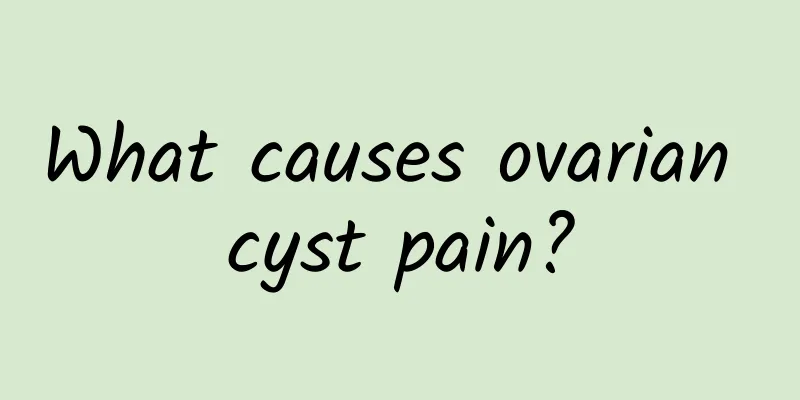Introduction to Habitual Abortion

|
Miscarriage after pregnancy is something that every female friend does not want to face. Abnormal development of the fertilized egg, mental factors, and traumatic impact can all lead to miscarriage. Therefore, female friends who plan to become pregnant are advised to have a preparation stage. They should pay attention to the living environment and food hygiene. Today I want to introduce you to an overview of miscarriage. Let me tell you about it. Abortion is a common disease in obstetrics and gynecology, and its main symptoms are bleeding and abdominal pain. If it is not handled properly or in time, it may leave inflammation of the reproductive organs, or endanger the health of pregnant women due to heavy bleeding, or even threaten their lives; abortion is easily confused with certain gynecological diseases. If the pregnancy ends before 28 weeks and the fetus weighs less than 1000 grams, it is called abortion. Abortion that occurs before 12 weeks of pregnancy is called early abortion. Abortion that occurs between 12 weeks and less than 28 weeks is called late abortion. Clinical classification of miscarriage: Most miscarriages have a certain development process, although some stages are not obvious in clinical manifestations and may not develop in order. But generally there are several processes listed below, namely clinical classification: threatened miscarriage, inevitable miscarriage, incomplete miscarriage and complete miscarriage. Induction of labor is called induced labor. Abortion is defined as the termination of pregnancy before 28 weeks and when the fetus weighs less than 1000g. Abortion that occurs before 12 weeks of pregnancy is called early abortion, and abortion that occurs between 12 weeks and less than 28 weeks of pregnancy is called late abortion. Abortion is divided into spontaneous abortion and artificial abortion. This section only covers spontaneous abortion. The incidence of spontaneous abortion accounts for about 15% of all pregnancies, and most of them are early abortions. There are also two special types of abortion: missed abortion and habitual abortion. The above is an introduction to the general situation of habitual abortion. I hope it will be helpful to you. |
<<: A review of the causes of missed abortion
>>: Introduction to the general situation of abortion
Recommend
What can women eat to prevent uterine fibroids? What can women eat to prevent aging?
What can women eat to prevent uterine fibroids? W...
What should be paid attention to in the diet of cervical warts
After we get sick, we often hear doctors tell us ...
Study: Running for one hour can extend your life expectancy by seven hours
Do you like running as a sport of choice? Some pe...
How should patients with cervical erosion eat? Women with cervical erosion should eat more of these foods
Cervical erosion is a problem that many women hav...
Which abortion hospital is best in Beijing?
The rise and development of abortion hospitals in...
What are the dangers of amenorrhea?
Menstruation is a physiological condition unique ...
What are the misunderstandings about cervical erosion in women? Women should recognize the six major treatment misunderstandings of cervical erosion
Cervical erosion is a phenomenon of chronic cervi...
How to cure pelvic peritonitis
If we always blindly treat the disease when it oc...
Can grapefruit help you lose weight? High-fat diet is more effective
Hollywood actress Kylie Minogue once used the gra...
Will I feel pain in my stomach if I have a miscarriage? Let me give you a detailed answer to this question.
Pregnancy is a very happy thing, but sometimes yo...
Experts introduce acute pelvic inflammatory disease
Pelvic inflammatory disease is a common disease, ...
What is chronic adnexitis? What are the symptoms?
Chronic adnexitis is a gynecological disease that...
How harmful is functional uterine bleeding to the body?
If functional uterine bleeding is not treated in ...
Will abnormal vaginal discharge infect the baby?
Abnormal vaginal discharge is usually not directl...
What are the reactions of the abdomen to uterine fibroids? What are the changes in the abdomen to uterine fibroids?
Uterine fibroids are a common gynecological disea...









